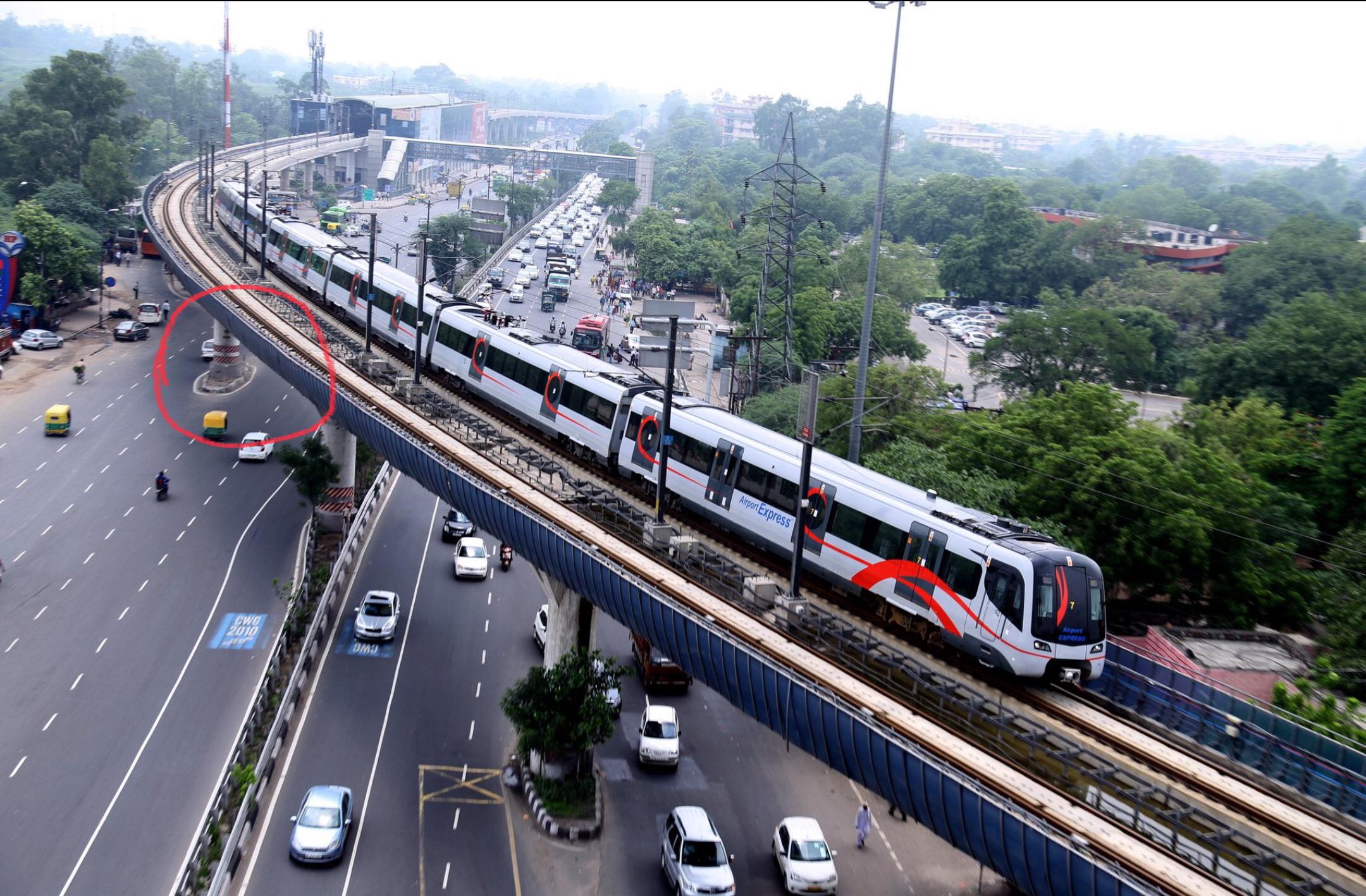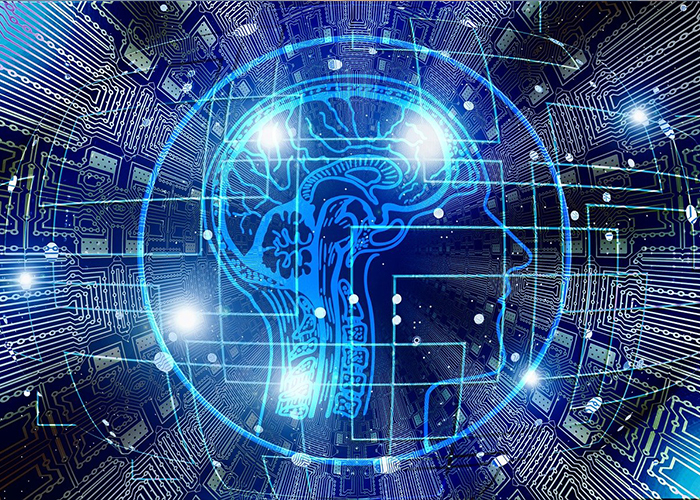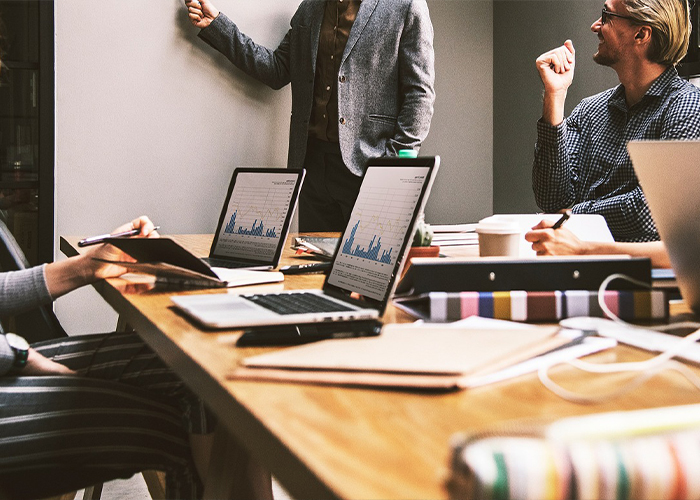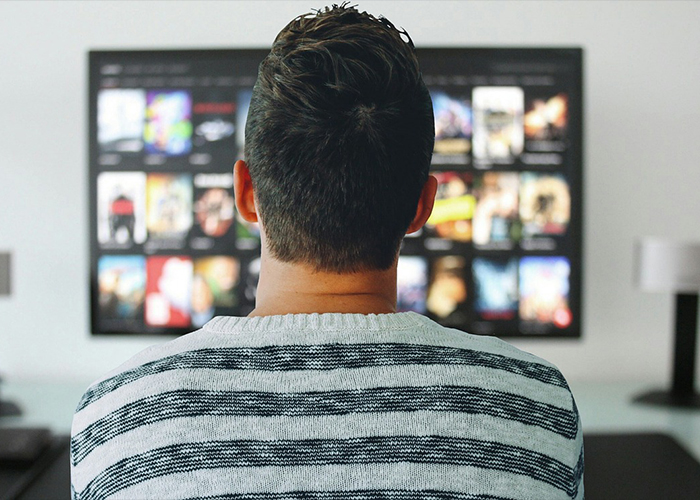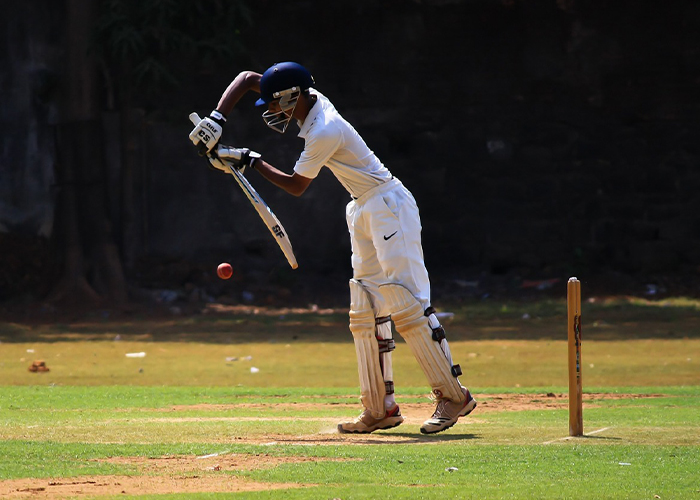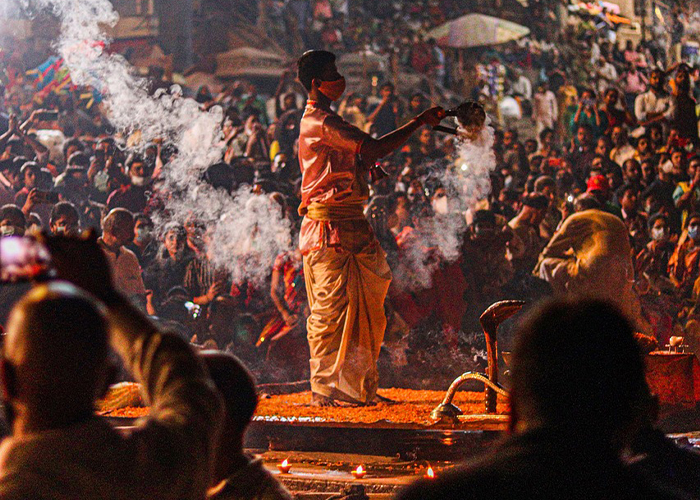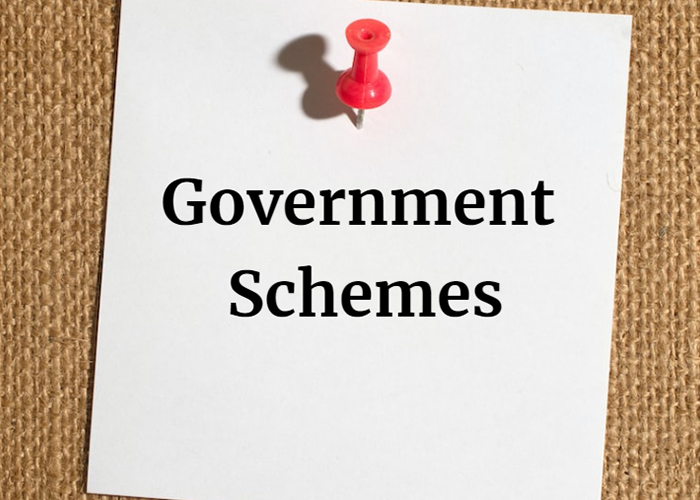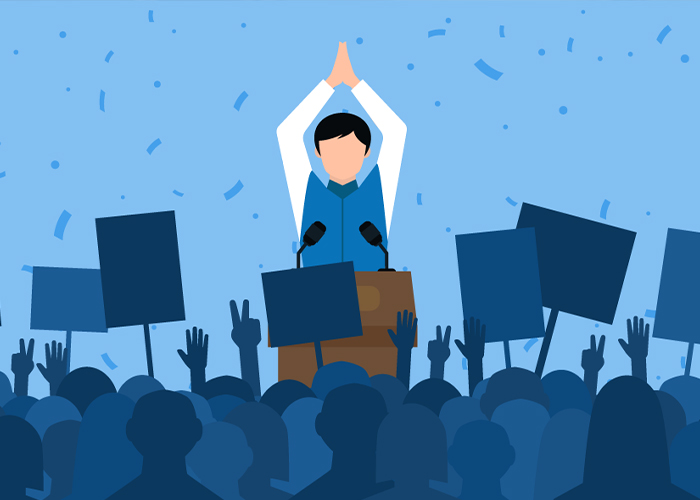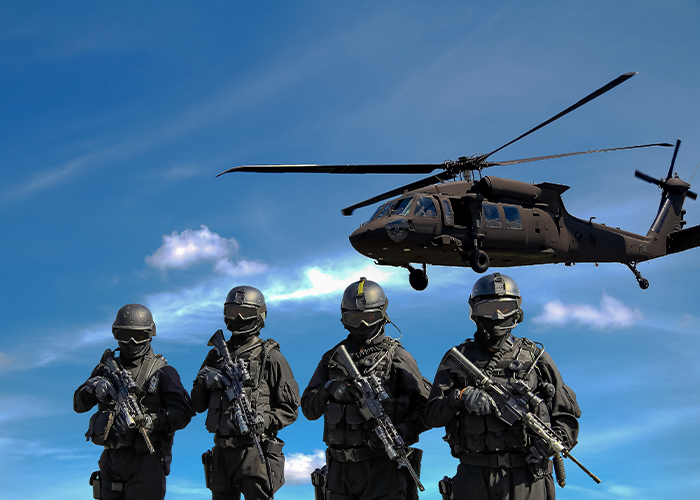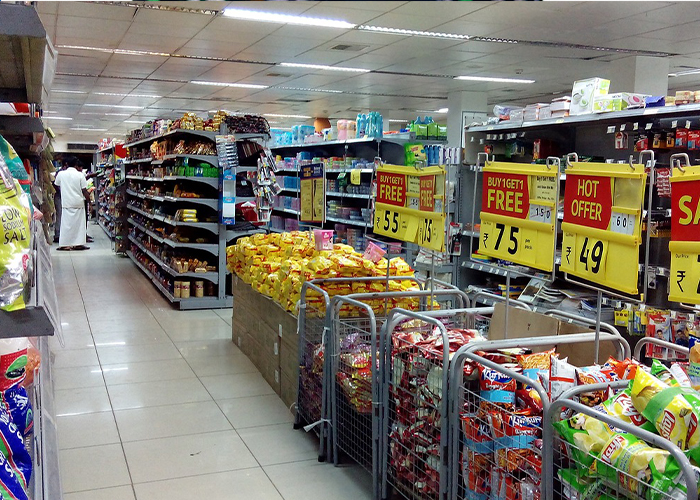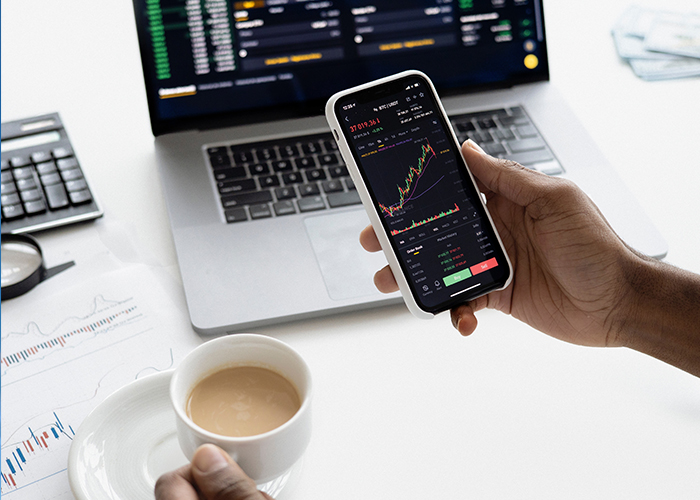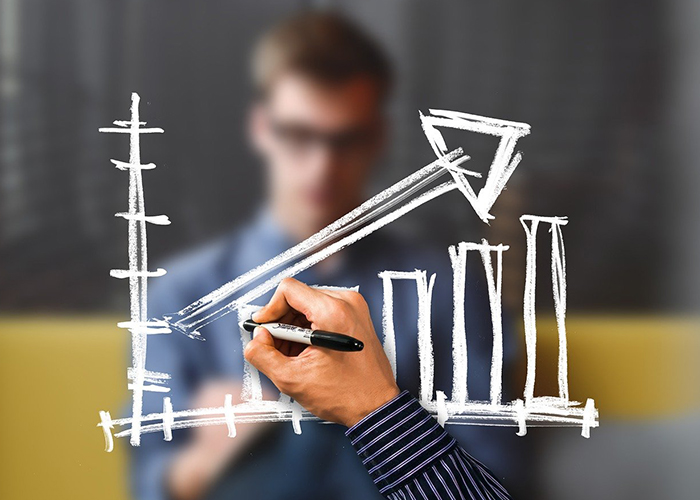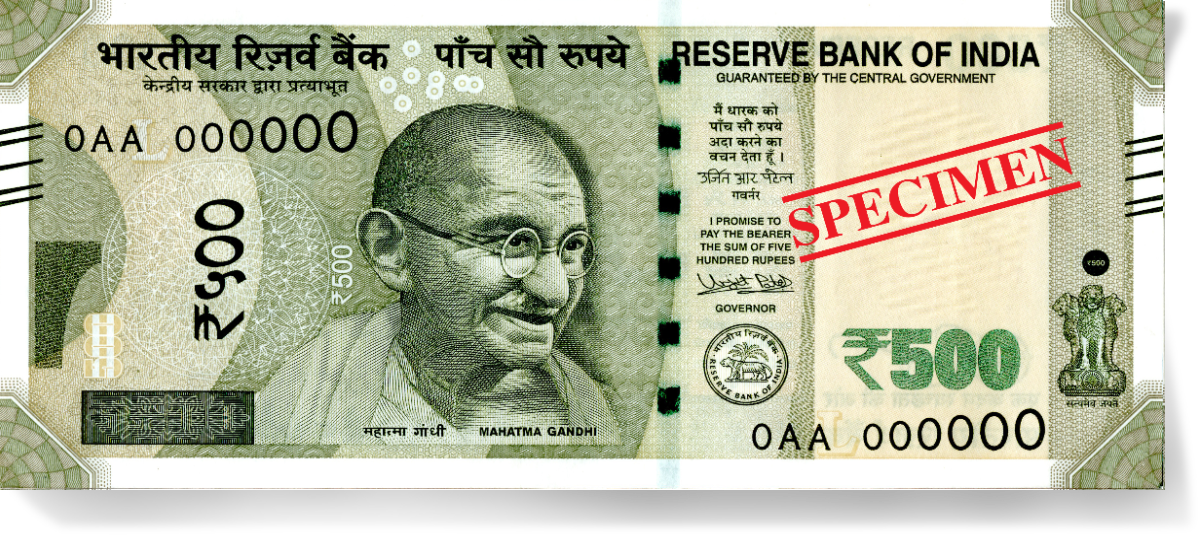Case Study: How far Metro rail has transformed the way urban India commutes- Bullish on India.
On 24th October 1984, when Kolkata Metro's 3.4-km underground section between Esplanade and Bhawanipur (now Netaji Bhavan) was launched, it wasn't just the country’s first metro rail service, but it started a new milestone in the public transport system for Indian cities.
During the regime of West Bengal Chief Minister BC Roy in 1949, it was proposed an underground railway for Kolkata, and a master plan was prepared for the construction of a mass rapid transit system in 1971. But took 13 years to be operational and finally it was launched in 1984, Kolkata Metro now has only a 47.9-km network.
So far as The Delhi Metro is concerned, its first phase commenced on December 24, 2002, which later spread to 349 km. Later on, Gurugram (12.1 km) and Noida (29.7 km), become a lifeline for the national capital region.
It is a proud moment for the Indian Metro which has an operational network of 845 km in 15 cities. And another 462 km is under construction & 1056 km is proposed to go further. If this speed continues, very soon India will have a total Metro Network can be 2,750 km in a couple of years.
Mr. E Sreedharan, known as India's Metro man, has introduced a good system in the country. This leads to a positive culture that has surfaced, especially in the way people travel and admire the transport system. It has marked the start of a new era. Sreedharan played a vital part in designing the Kolkata Metro, executed the Delhi Metro, and was also involved in metro systems in metropolises like Bengaluru, Kochi, Lucknow, and Jaipur. Mr. Sreedharan further expressed his concern that he's a bit disappointed that we aren't progressing fleetly with the expansion of the metro network. India has 40 metropolises with populations exceeding 1 million, and all these metropolises should have had around 5,000 km of metro network by now, but progress is slow. China builds 300 km every time in so numerous metropolises, whereas India isn't indeed achieving 24- 25 km per time," said Sreedharan
Parliamentary panel disappointed
It is disheartening for the committee to observe that barring Delhi and Mumbai Line 1 most of the operational Metro systems, Bengaluru, Hyderabad, Lucknow, Chennai, Kolkata, and Kochi, have low ridership," a Parliament standing committee on the Union Ministry of Housing and Urban Affairs regarding "Implementation of Metro Rail Projects" in 2022 said.
The report noted that "the poor performance of the majority of the metro rail networks in terms of carrying enough passengers to break even after 6-7 years of continuous operations shows (i) that there are flawed DPRs (detailed project report), (ii) inadequate planning for first and last mile connectivity, (iii) insufficient provision of parking at metro rail stations, and (iv) a need for expanding the catchment area."
With 15 operational systems and seven more on the way, The Metro Rail Guy, an anonymous blogger who tracks metro rail developments across the nation, told Moneycontrol: "We must recognize that the metro is a transit solution, not a traffic solution. We require a set of strict restrictions for traffic, but our administrators are now unable to come up with and implement them.
The central government offers financial support for metro plans in cities or urban agglomerations in accordance with the 2017 Metro Rail Policy, depending on the feasibility and resource accessibility of the proposal.
Metro developments require a lot of capital. The budget allotted for metro projects, according to records from the Union Ministry of Housing and Urban Affairs, was Rs 19,152 crore in 2019–20, Rs 20,000 crore in 2020–21, Rs 23,500 crore in 2021–22, and Rs 23,875 crore in 2022–23.
The majority of metro rail projects have been funded by the federal government working with the state governments, although some have been funded solely by the states or in partnership with the private sector.
"The poor performance of the majority of the metro rail networks in terms of carrying enough passengers to break even after 6-7 years of continuous operations shows that (i) there are faulty DPRs (detailed project report), (ii) inadequate planning for first and last mile connectivity, (iii) insufficient provision of parking at metro rail stations, and (iv) a need for increasing the catchment area," it observed.
The Metro Rail Guy, an anonymous blogger who tracks metro rail projects in the country, told Moneycontrol: "With 15 operational systems and seven on the way, we must understand that the metro is a transport solution, not a traffic solution. For traffic, we need a series of rigorous measures that our administrators are currently unable to conceive and execute. For inspiration, we can simply look at cities in Asia with similar population densities," he said.
To increase financial viability, among other things, the policy also supports multi-modal integration, last-mile connection, public-private partnerships, land value capture, and transit-oriented development. It stipulates that metro rail projects must have an Economic Rate of Return (ERR) of at least 14%.
According to Sreedharan, the government has modified the Metro Policy in a number of ways. The approval of any project now takes two to three years. Every city is waiting for approvals, and even when they are given, there are numerous conditions. The metro should be properly pushed for, he suggested. According to him, there is a false assumption that the metro should be a profitable service.
Fares are now kept high to ensure profitability. Bus and metro fares should not be more than 1.5 times apart, yet they are currently 3–4 times greater. When the Delhi Metro first opened, there were no taxes or duties; today, the metro is subject to an 18 percent GST as well as additional taxes and duties. The amount of the foreign loan should not be more than 20 to 25 percent of the entire project cost, but it is already close to that amount at 50 percent. There were no taxes when I started the Delhi Metro. I disagree with these ineffective strategies, and the government isn't spending much money in the metro," he remarked.
The metro, according to Sreedharan, is primarily a social service. For example, we don't construct hospitals in order to turn a profit. To lessen traffic and pollution in our cities, we need to encourage more people to take the metro. Government officials anticipate metro operators to handle all civil work, electricity, signaling, rail stock, and operations. In other nations, the government bears 80–90% of the project's cost. Metro operators struggle to grow and are also compelled to maintain high tickets due to the government's insufficient financial support, he said.
Are the rich using public transport?
Urban planners and transportation specialists frequently quote Colombia's current president, Gustavo Petro, who said that a developed nation is one where the wealthy use public transportation rather than owning vehicles. In a nation like India, public transportation is frequently despised and seen as a form of transportation for the less well-off.
A bleak picture of public transportation can be created by overcrowded, dilapidated buses, complaints of breakdowns and delays, and the absence of a cashless ticketing system. But the metro has improved public transportation in many ways, including air-conditioned coaches, automatic fare collection systems, clean stations, CCTV cameras, and on-time services. In the metro, there are no distinct classes.
The metro provides a safe, dependable, quick, economical, and comfortable means of transportation that draws even the wealthy to India's clogged urban highways. The increase in vehicles has slowed down road traffic in India, where the roads are frequently littered with potholes and encroachments. In this situation, the metro train provides much-needed relief. It has shortened travel times, decreased pollution, and at least some private vehicle owners who want to avoid the stress of navigating crowded highways have taken advantage of it. The metro is unlikely to relieve congestion given the increase in both the population and the number of vehicles. However, it will provide people with another choice for getting around more quickly, comfortably, and sustainably.
The safety of female passengers is further ensured by the metro's inclusion of features like CCTV surveillance and an emergency response system. There are claims that politicians allegedly interfered with the planning of metro routes to further their real estate endeavors while ignoring the actual demands of commuters. Land acquisition challenges, labor shortages, legal issues, and a lack of cooperation among many governing authorities sometimes cause Metro rail projects to be delayed and cost more money to complete.
What does the future look like?
Urban commuting will also benefit from the introduction of new transportation systems including the Regional Rapid Transportation System (RapidX), MetroLite, MetroNeo, and Water Metro. In particular for rolling stock, signaling, telecom systems, electrical and electromechanical components, and civil engineering structures, the reliance on foreign suppliers, who formerly enjoyed a monopoly in technology-based systems, has been decreased as a result of the Center's "Make-in-India initiative." The costs of national metro rail projects could be reduced as a result of these actions.
# Tag: Metro, Delhi Metro, Urban transport, Gurugram, Noida, Delhi NCR, Lucknow, Jaipur, Bangalore, Chennai
